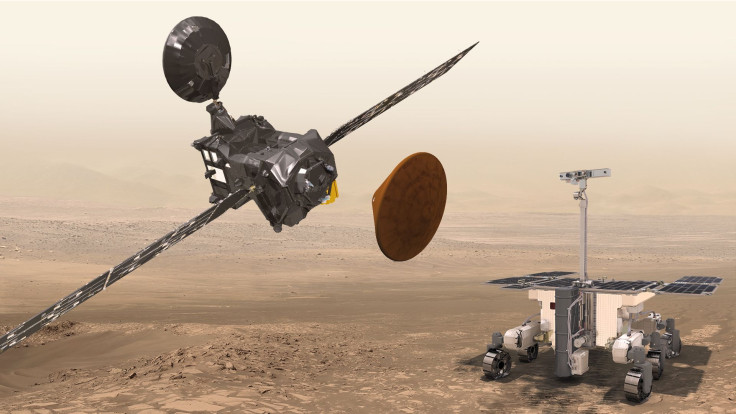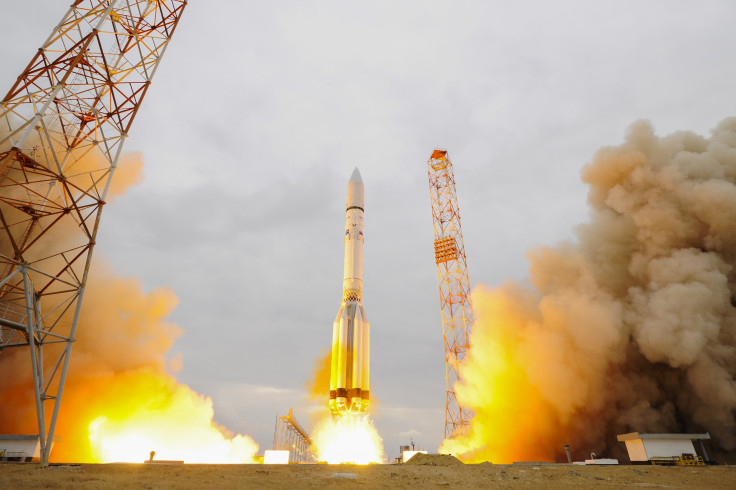ExoMars Mission Update: Second Phase Of European-Russian Project Postponed To 2020

The second phase of the ExoMars Mission — a collaboration between the European Space Agency and Russia’s Roscosmos — has been delayed by two years, ESA announced Monday. Instead of lifting off in 2018 as originally planned, the second part of the mission, which aims to detect signs of past or present life on the red planet, will be launched in July 2020 — the next time Earth and Mars are closely aligned.
In a statement released Monday, ESA said that the decision to delay the launch was made after “taking into account the delays in European and Russian industrial activities and deliveries of the scientific payload.”
“ESA Director General Johann-Dietrich Woerner and Roscosmos Director General Igor Komarov ... tasked their project teams to develop, in cooperation with the industrial contactors, a new baseline schedule aiming towards a 2020 launch,” the space agency said. “Additional measures will also be taken to maintain close control over the activities on both sides up to launch.”
However, details of the technical reasons behind the delay were not revealed.
The main objective of the ExoMars mission is to search for evidence of methane — a gas emitted by living microbes on Earth, and traces of which have been observed by previous Mars missions — and other trace atmospheric gases that could be signatures of active biological or geological processes.
The first phase of the ExoMars mission, consisting of two separate modules — the Trace Gas Orbiter (TGO) and the Schiaparelli landing module — was launched from the Baikonur Cosmodrome in Kazakhstan in March. The orbiter and the lander will reach Mars in October after completing a journey of over 300 million miles.

Three days before reaching the atmosphere of Mars, Schiaparelli will be ejected from the orbiter. And, once it has dropped off Schiaparelli on the red planet, the TGO will spend almost a year maneuvering itself into orbit, nearly 250 miles above the surface.
The second phase of the missions involves sending a rover that will drill below the Mars’ surface to look for signs of life.
“The successful implementation of both ExoMars missions will allow Russia and Europe to jointly validate cutting-edge technologies for Mars entry, descent, and landing, for the control of surface assets, to develop new engineering concepts and service systems that can be used by other Solar System exploration missions, and to carry out novel science at Mars,” ESA said in the statement.
© Copyright IBTimes 2024. All rights reserved.





















